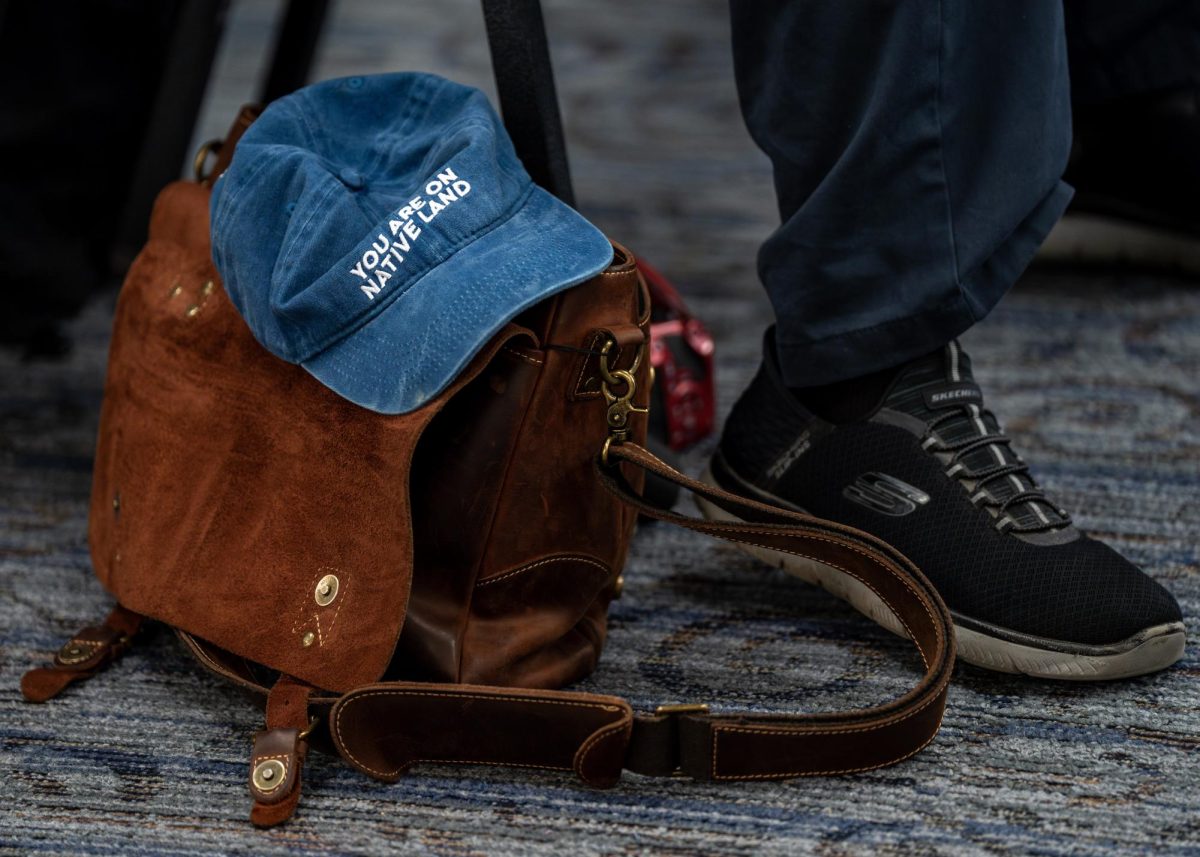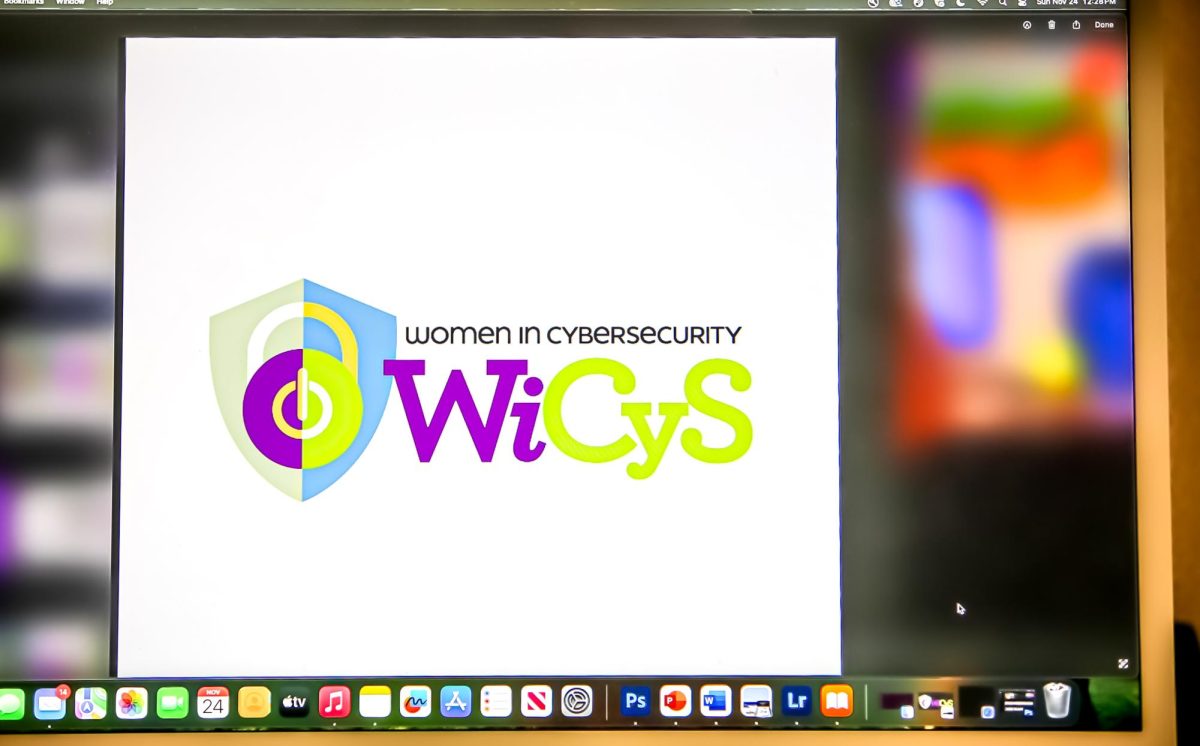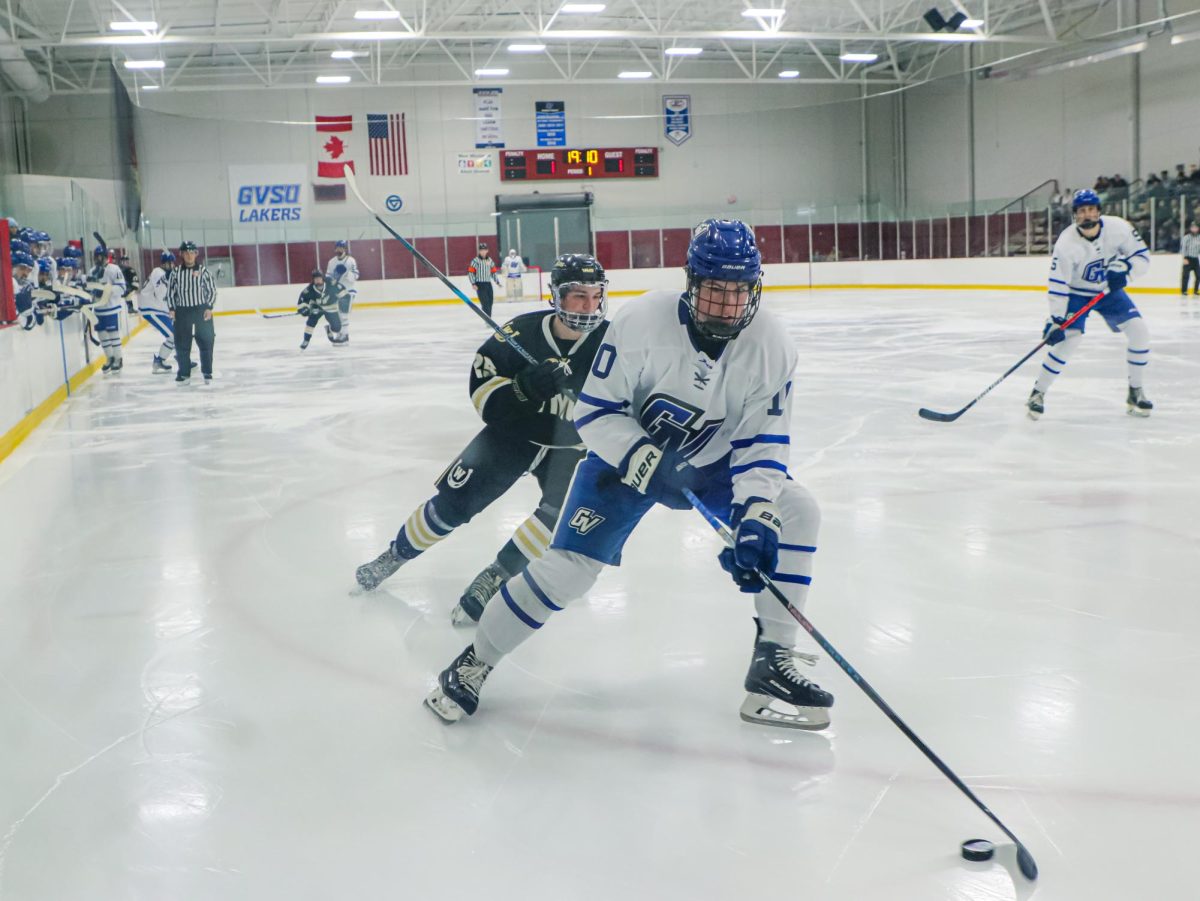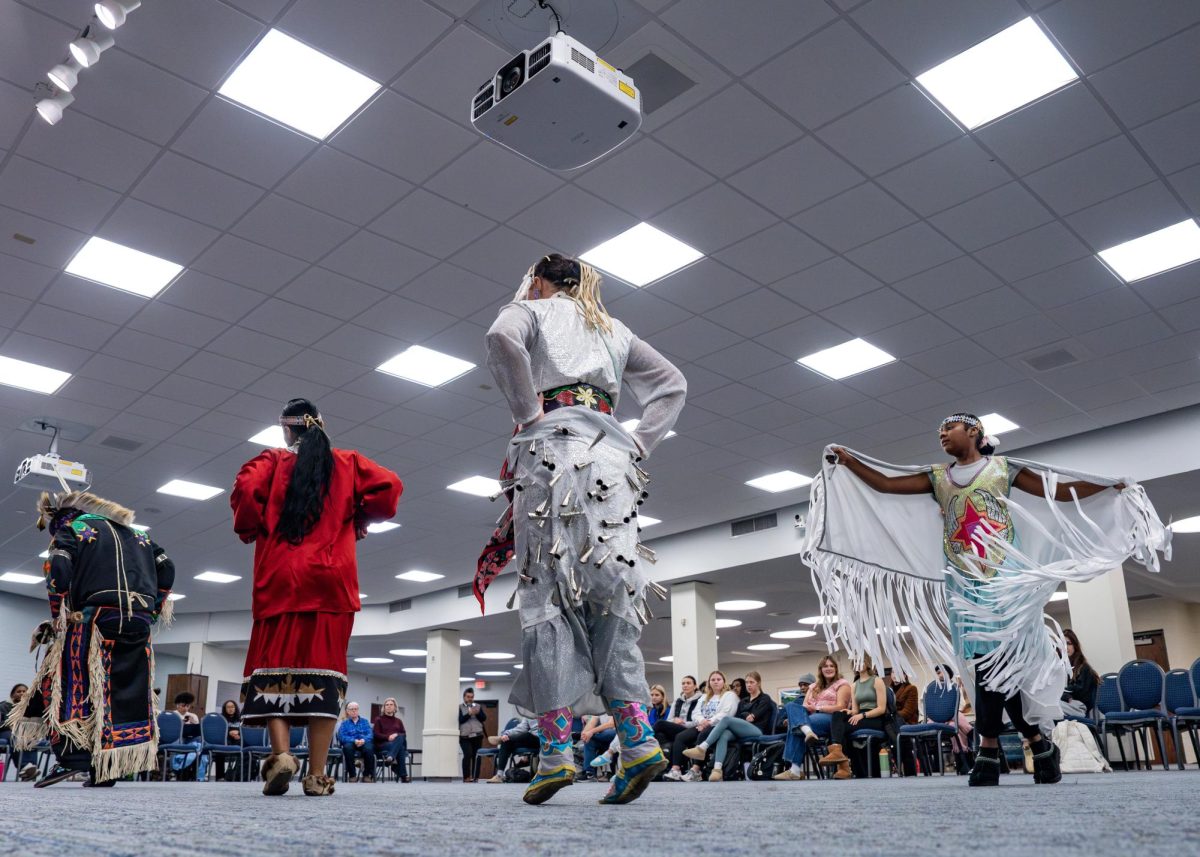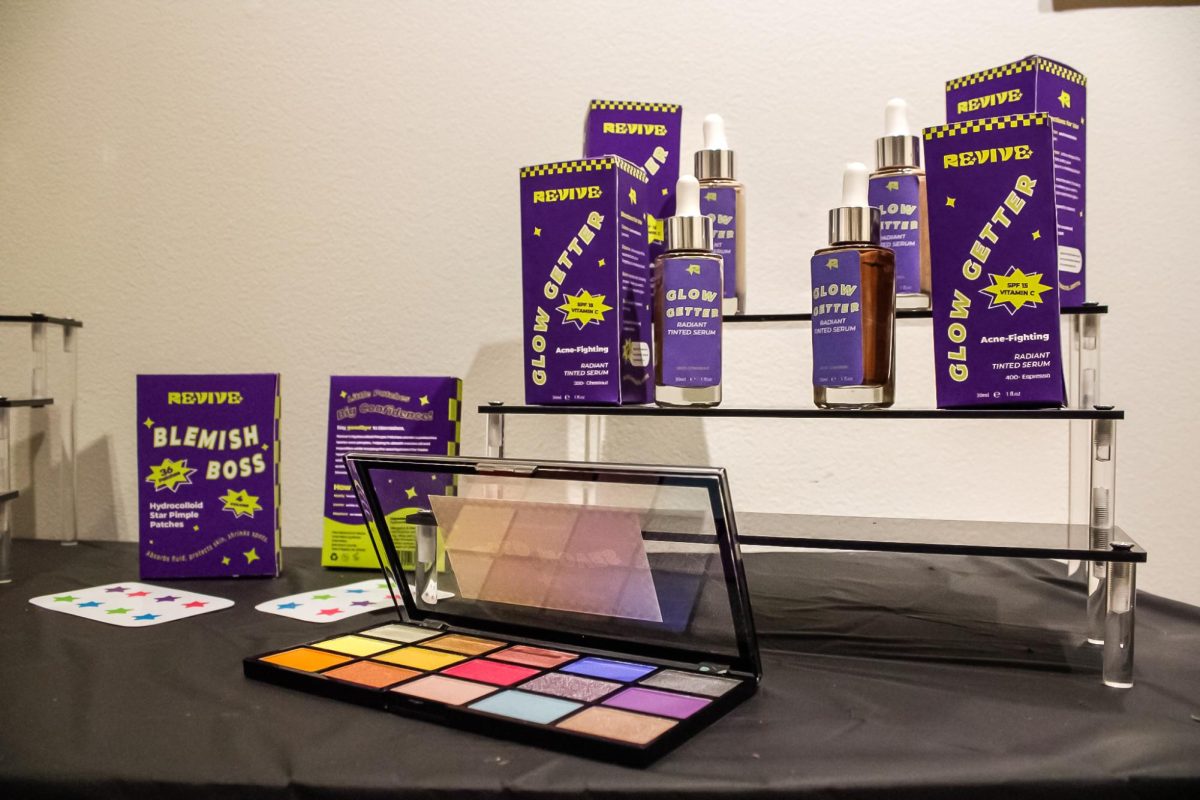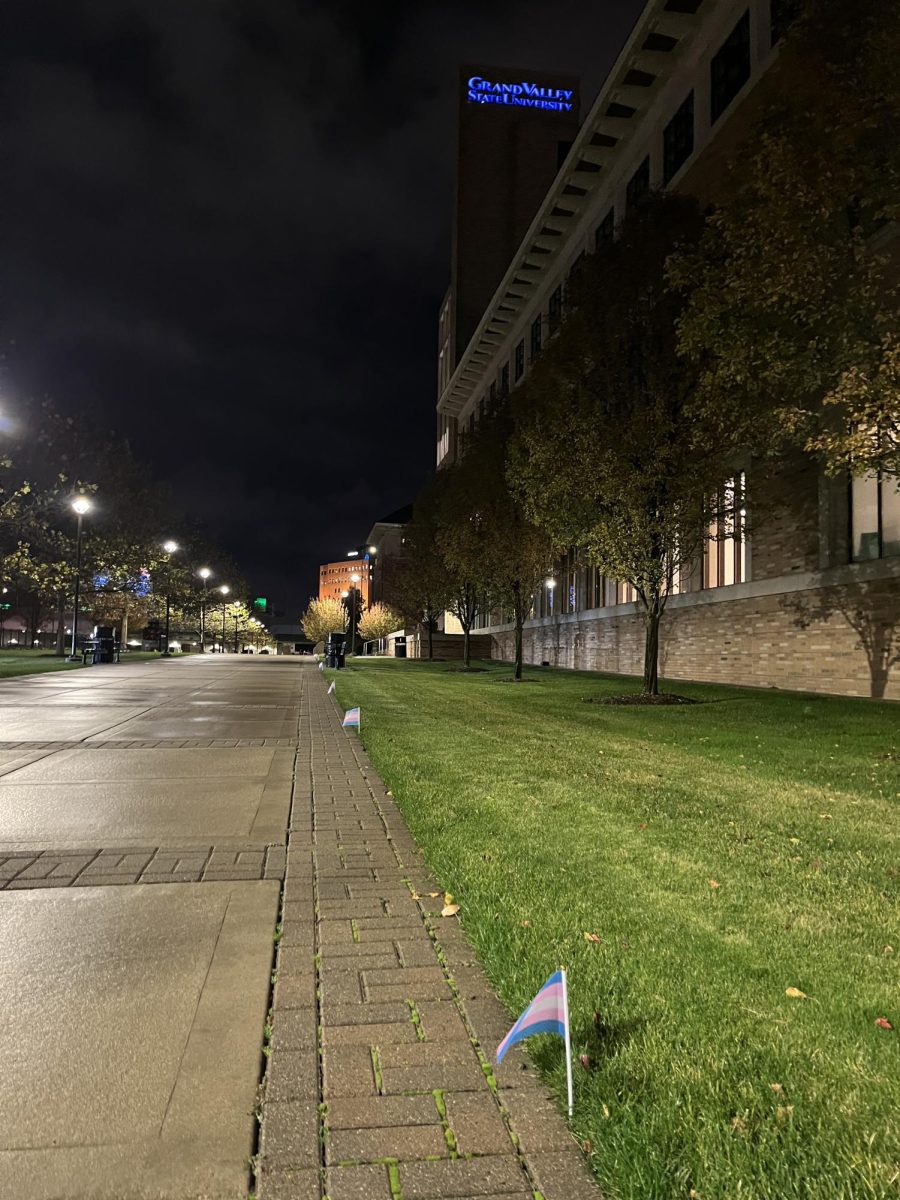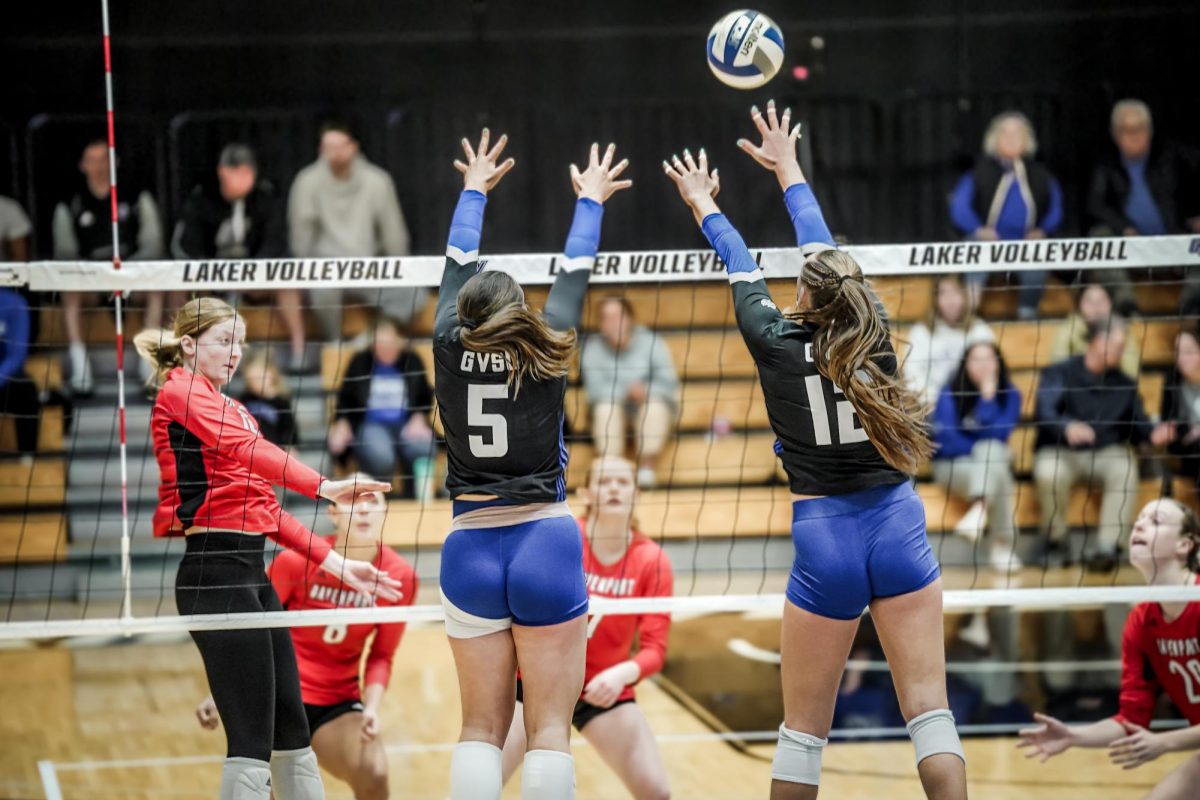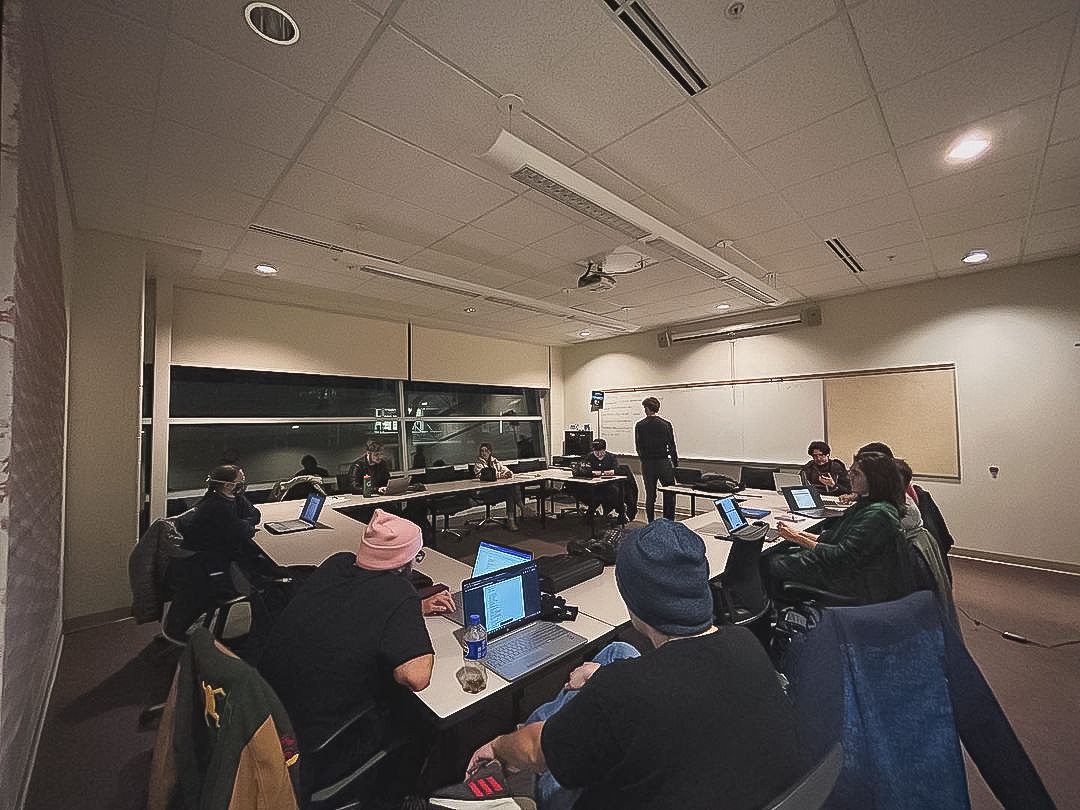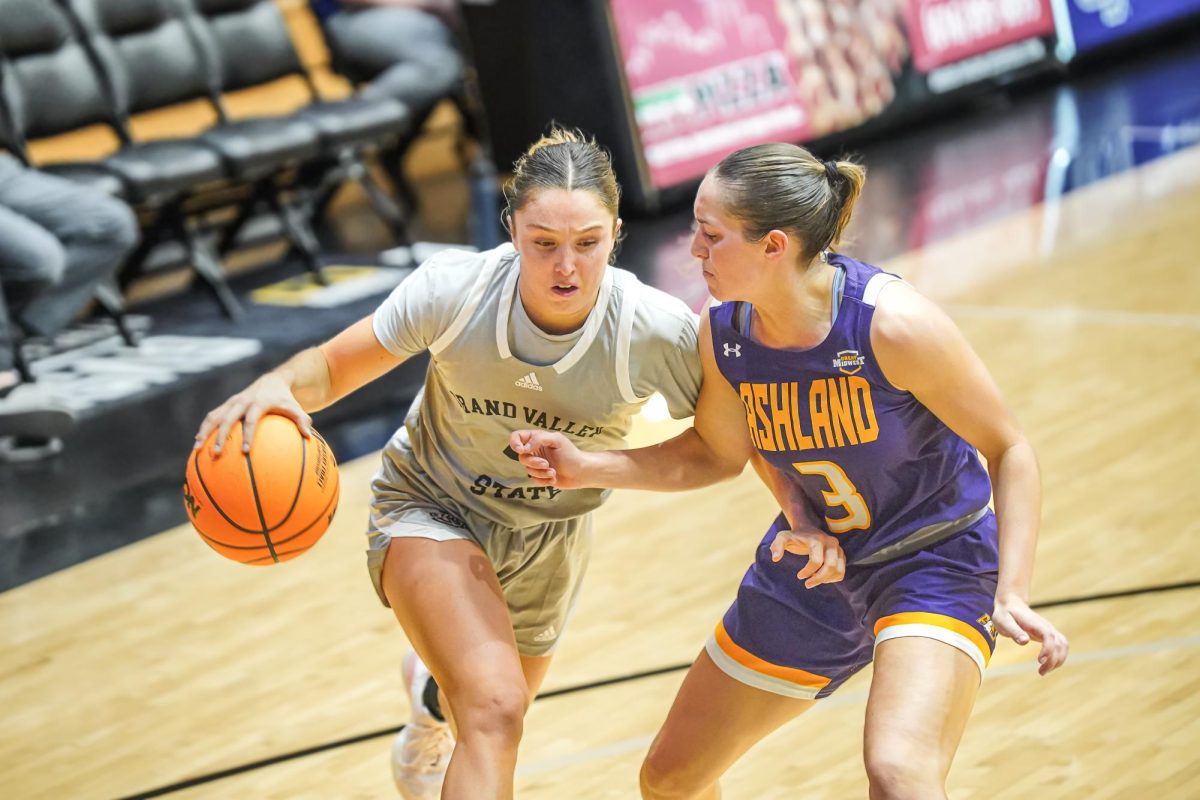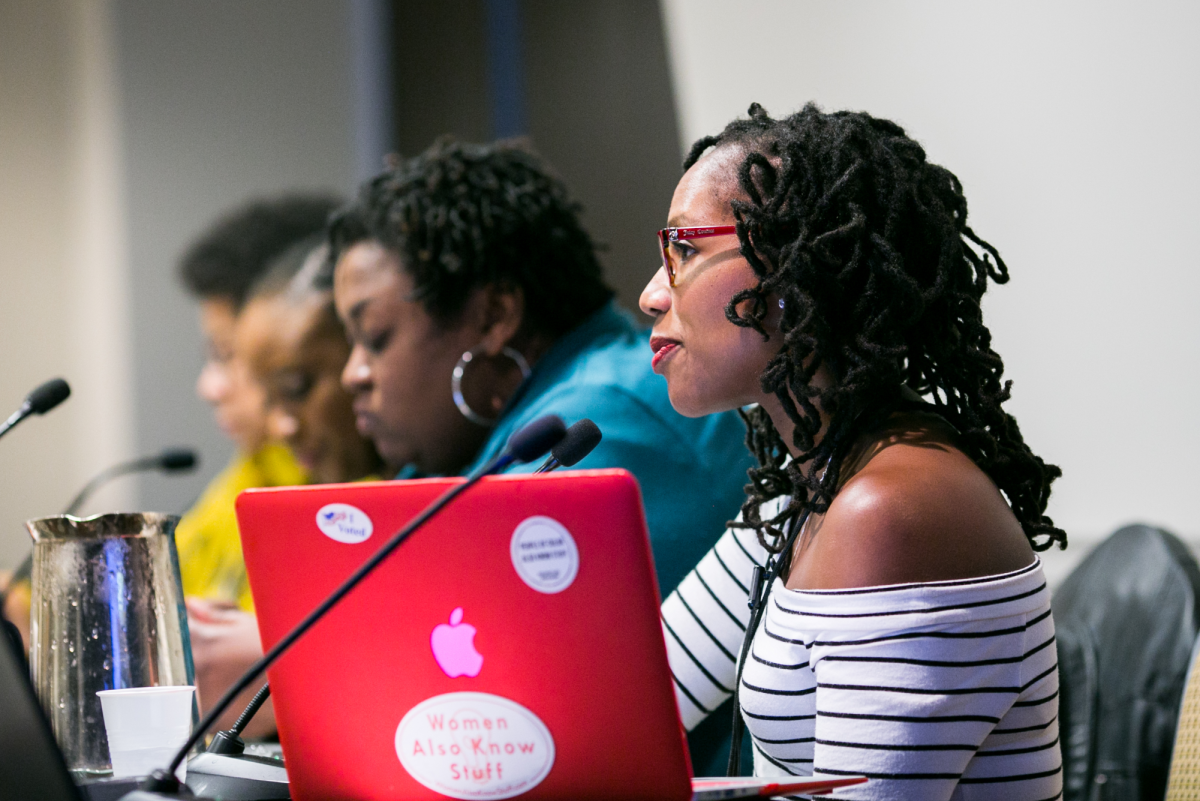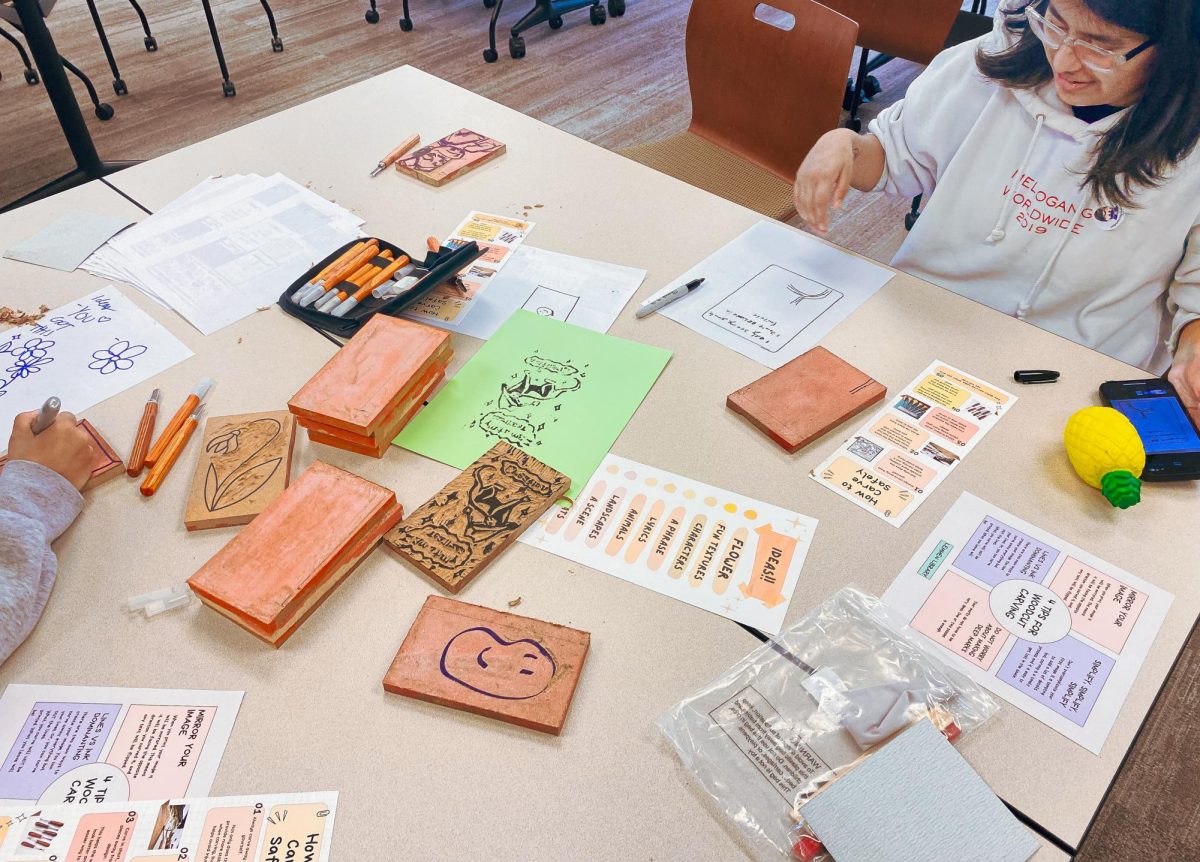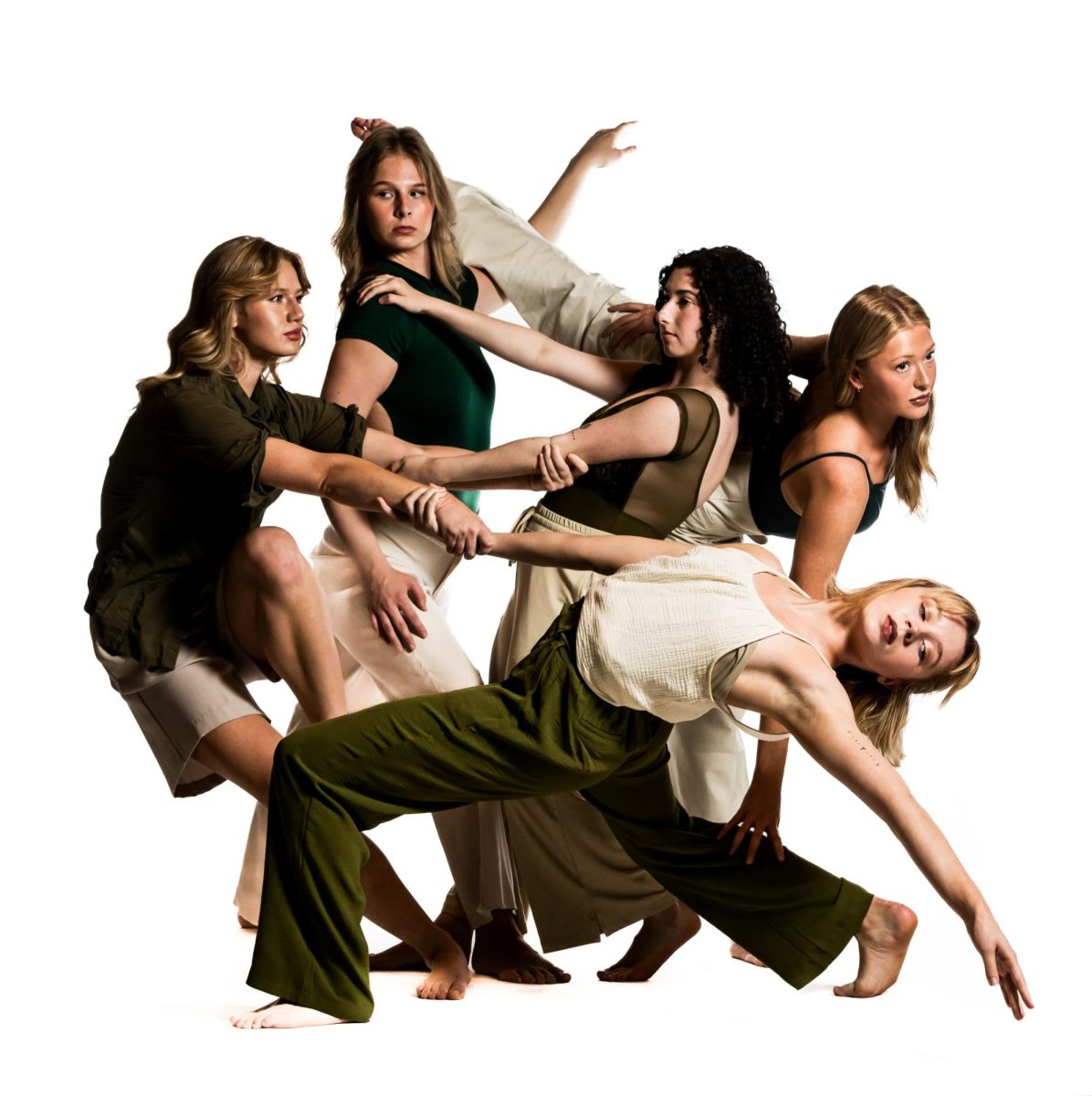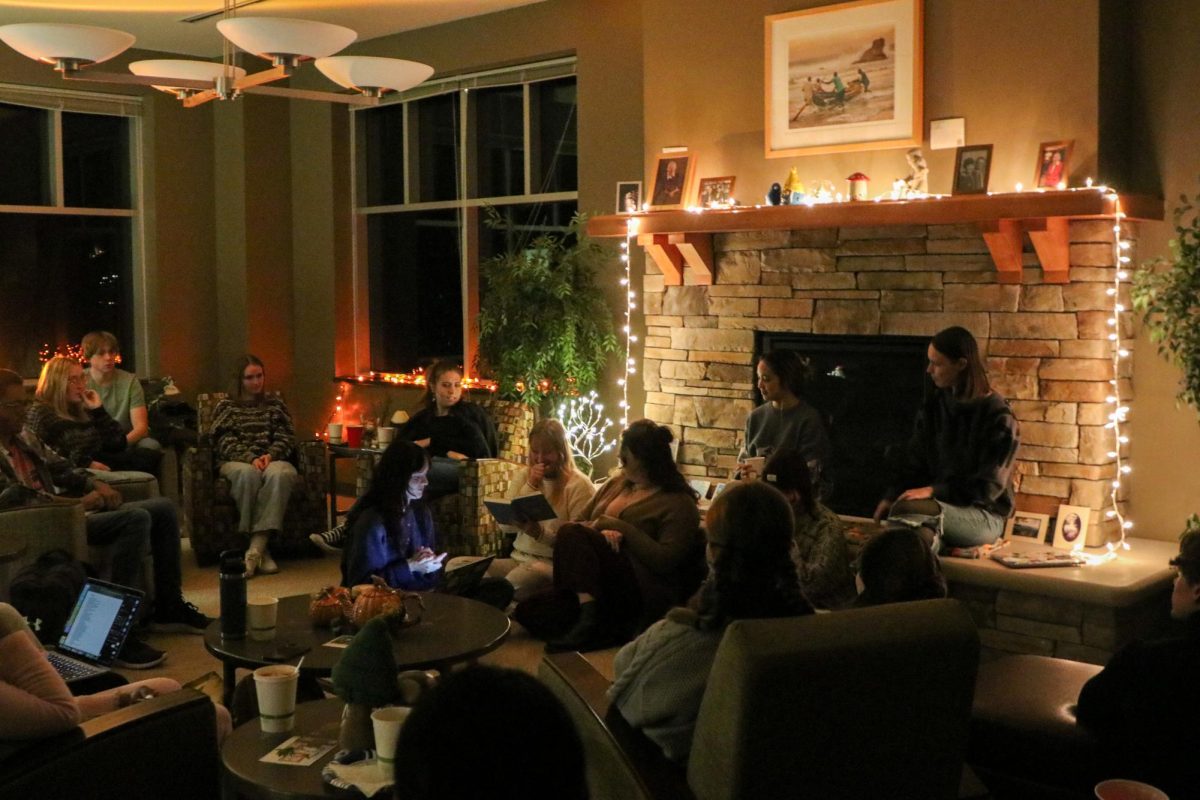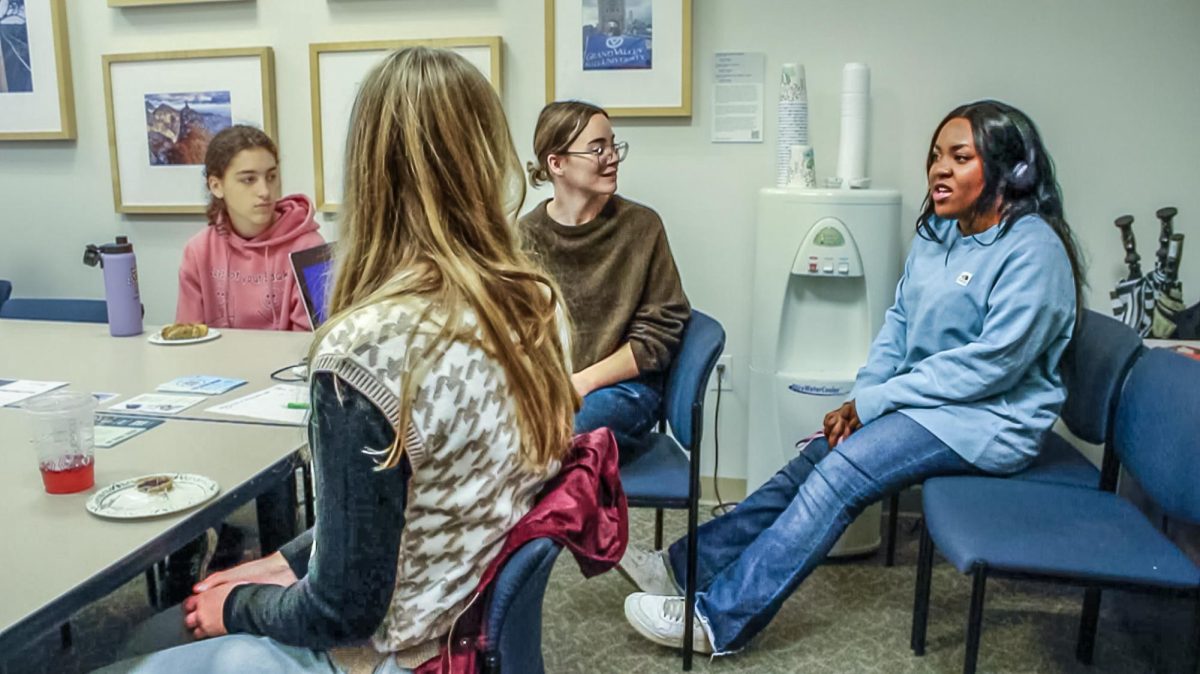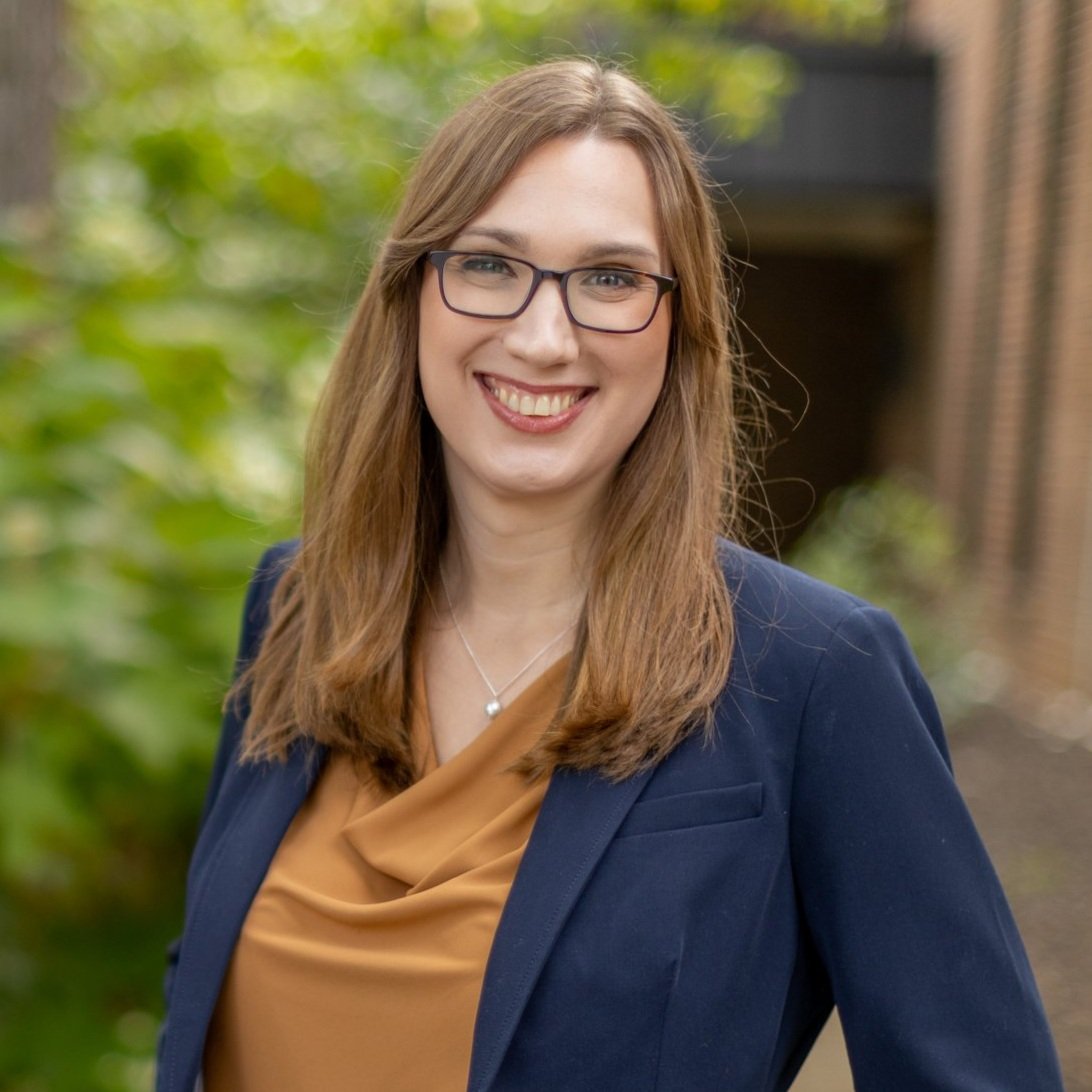Slavery, human trafficking ‘alive and well’ in today’s world
Nov 10, 2011
This past summer, I had the tremendous opportunity to work for an anti-human trafficking organization as part of a GVSU study abroad program. With this organization, I worked to aid former child slaves. You may be thinking to yourself: “Slaves? I thought slavery was eradicated long ago, relegated to the dustbin of history.” The reality, however, is that slavery is alive and well in the year 2011, and worse than that, it is flourishing. There are as many as 27 million slaves in our world today, more than at any other point in history (Bales 103).
The slavery that exists today is commonly referred to as “modern-day slavery” or human trafficking. The simplest way to define modern slavery is as a practice that forces individuals to work without pay, under the threat of violence (Free the Slaves). Slavery is traumatic for the slave, as it is extremely common for slaves to be physically, sexually, and psychologically abused. Most of the time, if not all of the time, causes an individual to be psychologically scarred for the rest of his or her life.
In modern slavery, humans enslave other humans for pretty much any purpose imaginable. There are slaves in India that make bricks and hand-made sand; slaves in China that hand-make toys; slaves in West Africa harvesting cocoa; slaves in Sierra Leon mining diamonds; slaves from Haiti that are trafficked internationally to be used as domestic servants; women sold as mail-order brides; women from Eastern Europe that have been sold into prostitution; Mexican immigrant farmers have been enslaved at American farms; and the list goes on and on. Most commonly, individuals fall into slavery as a result of deception or brute force.
Thankfully, there are organizations working to end modern slavery, like Challenging Heights, the organization that I worked for in Ghana. Now in Ghana, one of the ways that slavery manifests itself is in the fishing industry, which is a staple of the Ghanaian domestic economy. In the fishing industry, children are often sold as slaves to fishermen to complete the tasks that the fishermen don’t want to. Challenging Heights focuses on this type of slavery.
Crudely, the sustainable plan that Challenging Heights has developed to combat this type of slavery involves: (1) freeing enslaved children; (2) rehabilitating freed children (psychologically and physically); (3) reintegrating freed children into society; (4) providing an education for the freed children; and (5) providing human-trafficking education and awareness to communities at high-risk for human trafficking. Challenging Heights believes, and with good reason, that the only way to break the cycle of human-trafficking is through education.
Working with Challenging Heights, I came face to face with modern slavery and the damage that it does to human lives. I was able to interact with lives that had been irrevocably shaped by enslavement. The children that I saw were the lucky ones; they were the ones that had been freed. Many children remain enslaved within the Ghanaian fishing industry, and more broadly, many humans remain enslaved throughout the world.
Some progress has being made against modern slavery and you, as an individual, can also contribute to the fight against modern enslavement. How? Helping the cause can be as simple as spreading the news about this global crisis; it doesn’t have to be about making donations.
I am fortunate enough to have been able to travel to Ghana to work in an issue area that I am passionate about; in fact, this Grand Valley program solidified my aspirations to pursue a career in the anti-human trafficking movement. Thus, my experience at Challenging Heights in Ghana has already had a profound impact on my future.
I am sharing this with you not for the sake of sharing something about myself, but rather because I want to emphasize the tremendous opportunities that we have at Grand Valley, as students, to really take control of our destiny and seek out experiences that will positively influence our lives. Specifically, with our study abroad programs, we have the opportunity to get involved in whatever it is that draws our interest. We become more human to each other when we seek to understand each more deeply, and studying abroad is one of the best opportunities to understand other humans and cultures more deeply. My recommendation to anyone who is entertaining the thought of studying abroad is this: study abroad, and don’t look back. Don’t be scared off by the dollar sign.
This brings me to my next point: if you are concerned with financing your study abroad trip, there are many ways to make ends meet. If you do not want to settle for taking loans, there are many grants and scholarships available to you; the only catch is that you will need to take a proactive attitude and be willing to work. A couple good places to begin your investigation are the GVSU web pages for the Padnos International Center and Office of Fellowships. Both of these can be found by using the search bar from the GVSU homepage. In regards to the GVSU Office of Fellowships, your best friend will be Amanda Cuevas, who can help you identify scholarships according to your degree of financial need (You can contact her at [email protected]).
If you remain unconvinced whether or not you will be able to compete for scholarships, you shouldn’t be; you have a wonderful professional in Amanda Cuevas who is dedicated to helping you articulate your story in polished essays to scholarship committees. Moreover, you are not in uncharted territory; I know from experience. One of the scholarships that you may be able to apply for, depending on your level of need, is the Gilman Scholarship; this scholarship helped make my study abroad dreams become a reality. It has helped many other GVSU students too. Including myself, five GVSU students were awarded the Gilman for the Summer 2011 semester; I have been unable to find the data on recipients for the Fall 2011 Semester, but another six GVSU students have been awarded the Gilman Scholarship for this upcoming Winter 2011 semester. The Gilman Scholarship is only one of many scholarships that you can apply for.
Once again, I share this not to for the sake of sharing something about myself, but to encourage all of you who are interested in studying abroad yet are concerned with the finances. Take heart; like the clich?©, where there is a will there is a way.
Interested in learning more about the Ghana study abroad program that I participated in? The program is titled “Sociology and Service Learning in Ghana,” and you can find it with the search bar on the GVSU home page. Though listed as a Sociology program, students of all majors are encouraged, as there are many opportunities which, in the past, have included: teaching elementary or middle school to freed slaves, anti-human trafficking social work, and medical care at hospitals partnered with anti-human trafficking organization Challenging Heights.
Interested in learning more about human trafficking? Check out the following media:
– www.freetheslaves.net
– www.polarisproject.org/human-trafficking/overview
– www.challengingheights.org
– “Slaves of the Lake – Documentary on Child Labor in Ghana” (This is a documentary of two children that the organization Challenging Heights rescued from slavery). Available on Youtube
– Not For Sale by David Batstone
– A Crime so Monstrous by E. Benjamin Skinner
Sources:
Bales, Kevin. Understanding Global Slavery: a Reader. University of California Press, Berkeley
and Los Angeles. 2005.
“Top 10 Facts About Modern Slavery.” Free the Slaves. Available at




